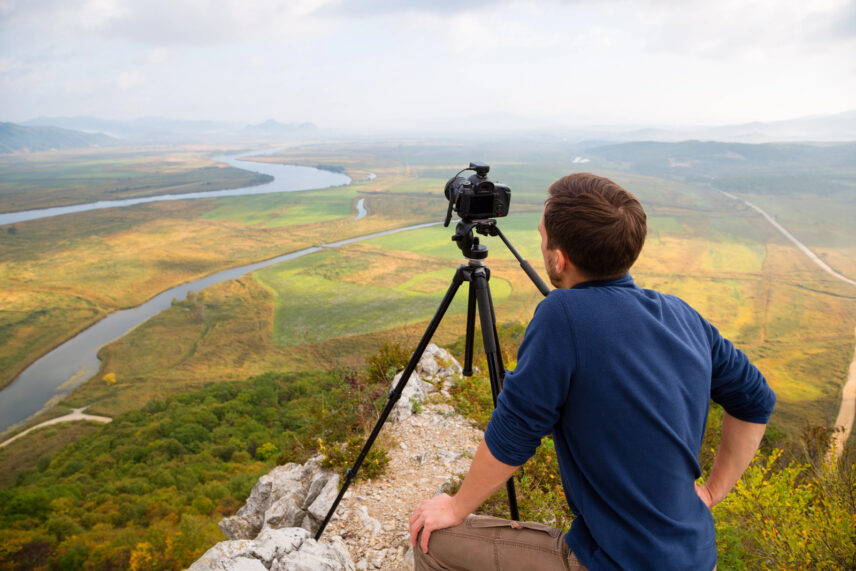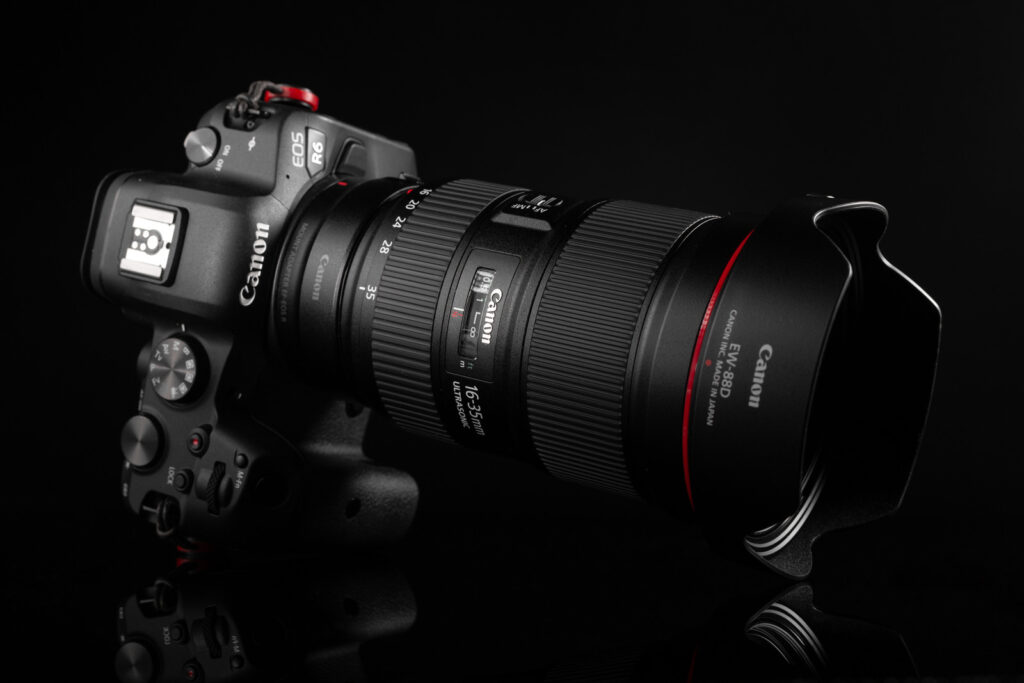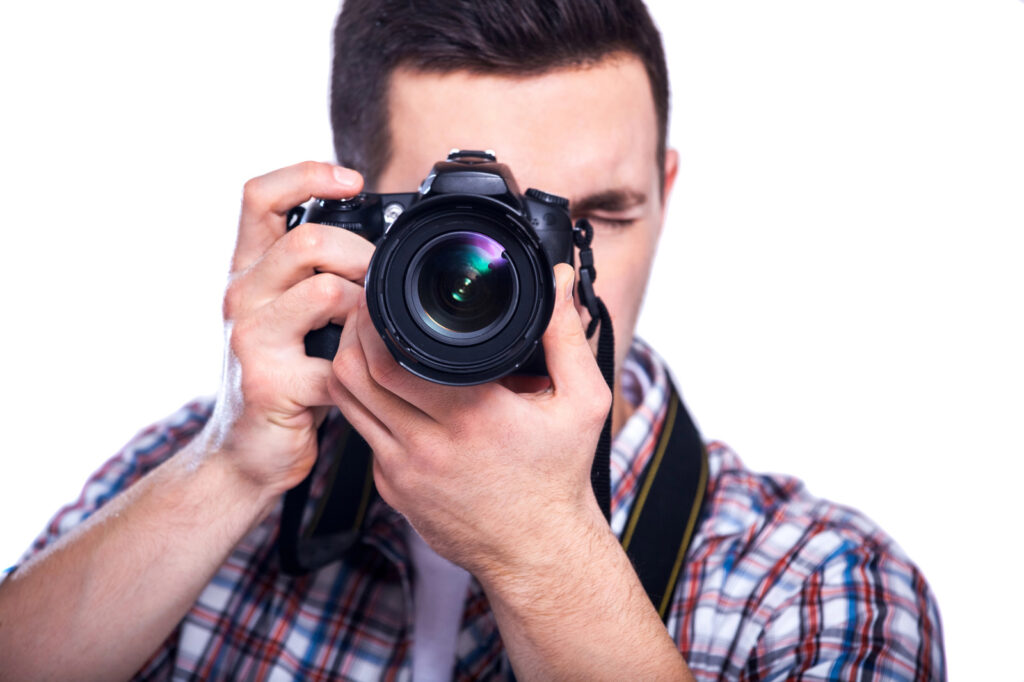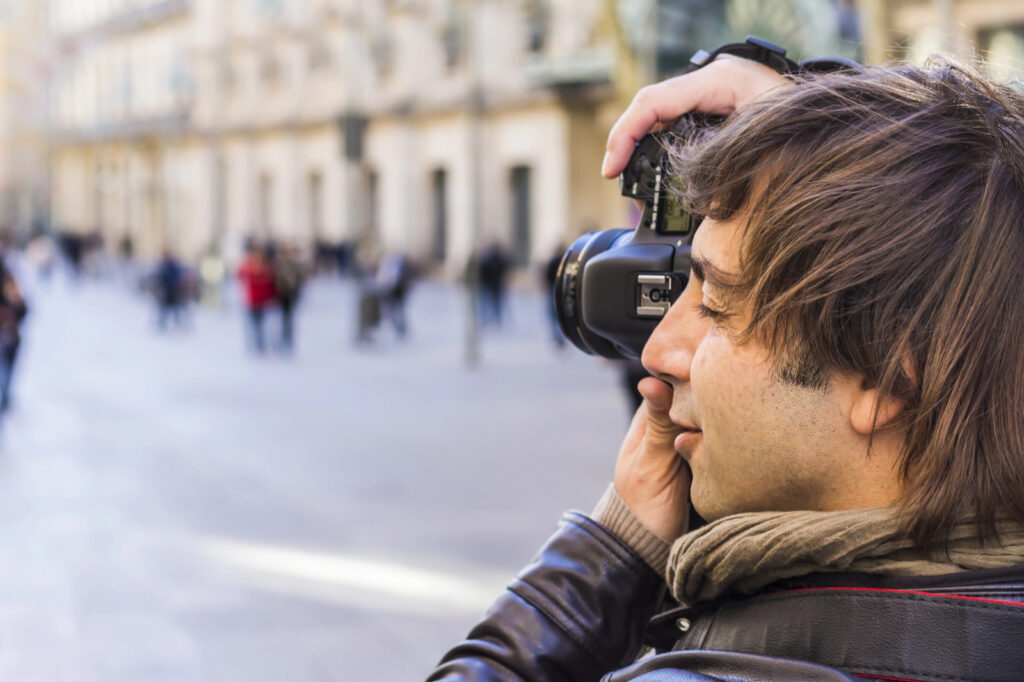
Skip to Section
Perfect picture photography isn’t just about owning expensive gear; it’s about understanding fundamentals, mastering techniques, and honing your creative eye.
Capturing the perfect picture is a goal that excites every photography enthusiast, from beginners snapping away on their smartphones to seasoned professionals wielding high-end cameras.
This blog dives into the key elements of picture perfect photography—from understanding your camera to refining your own creative direction and skills through post-processing and experimentation.
Capturing Picture Perfect Photography

Mastering the art of capturing picture perfect photography begins with understanding your camera. Whether you’re using a DSLR, mirrorless camera, or even a high-end smartphone, knowing how to manage its settings empowers your creative ideas.
Aperture
Aperture controls the amount of light entering the camera through the lens. Think of it as your camera’s pupil. A wider aperture (denoted by smaller f-numbers like f/1.8) allows for more light, creating a shallow depth of field and those creamy background blurs (bokeh). A narrower aperture (higher f-numbers like f/16) lets in less light, making more of the scene come into focus. Use wider apertures for portraits and narrower ones for landscapes.
Shutter Speed
Shutter speed determines how long your camera’s sensor is exposed to light. Faster shutter speeds like 1/1000s freeze motion, ideal for action photography, while slower speeds like 1/15s introduce artistic motion blur or capture light trails. Tripods become essential for slower shutter speeds to eliminate camera shake.
ISO
ISO affects your camera’s sensitivity to light. A low ISO (like 100) is ideal for bright environments, preserving image quality. Higher ISO settings (800 or beyond) are useful in low light but can result in grainy images (a.k.a. noise). Balance ISO with aperture and shutter speed for the best results.
Pro Tip: Mastering the exposure triangle (aperture, shutter speed, and ISO) is key to achieving perfect picture photography, as it helps you take clear, well-exposed photos in any situation.
Composition Techniques

Your composition can make or break a photo. Adopting thoughtful compositional strategies transforms ordinary pictures into works of art.
Rule of Thirds
The rule of thirds is a classic composition rule that works wonders. Imagine your frame divided into nine equal rectangles by two vertical and two horizontal lines. Placing your subject along these lines or where they intersect creates balance and draws the viewer’s attention naturally.
Leading Lines
Include leading lines in your frame to guide the viewer’s eye to the subject. Roads, rivers, fences, or even shadows can act as leading lines that create depth and make your photo visually dynamic.
Symmetry and Patterns
Symmetry instantly adds elegance and balance to photographs. Whether it’s a reflective lake mirroring the sky or geometrically aligned architecture, symmetrical compositions are incredibly satisfying to the human eye. Patterns, such as repeating shapes or textures, are equally compelling.
Explore Perspective
Changing your perspective can offer a fresh take on familiar scenes. Get above your subject for a bird’s-eye view, or go low to the ground for unique angles. Experimenting with perspective adds interest and originality to your shots.
Lighting Essentials

Lighting is one of the most critical factors in achieving picture perfect photography. Without good light, even the best composition or subject falls flat.
Natural Light
Natural light provides a versatile and dynamic foundation for great photos. The “golden hour” (the hour after sunrise or before sunset) is particularly magical, casting warm, soft light that’s highly flattering for portraits and landscapes alike. Overcast skies are equally advantageous, creating diffused light that eliminates harsh shadows.
Artificial Light
Sometimes, you need to rely on artificial lighting to capture the mood or details effectively. Indoor lamps, LED panels, or portable flashes allow you to manipulate shadows and highlights, giving you complete control over the scene.
Pro Tip: Use a reflector or white surfaces to bounce natural or artificial light onto your subject for a softer, more even illumination.
Post-Processing
Even the most stunning shots can benefit from a little polishing. Post-processing doesn’t mean “fixing” a poorly captured image; it’s about enhancing what’s already there.
Basic Adjustments
Using programs/software like Adobe Lightroom or Photoshop, start with basic corrections:
- White Balance: Adjusting colour temperature ensures the tones in your picture look natural.
- Exposure and Contrast: Tweaking these settings creates balanced brightness levels and enhances depth.
- Cropping: Improve framing and composition with strategic cropping to eliminate unnecessary elements.
Advanced Tweaks
For more creativity, take your editing up a notch:
- Colour Grading: Play around with hues, saturation, and luminance to create a consistent mood or style.
- Selective Adjustments: Use brushes or masks to brighten eyes, soften skin, or highlight specific details in your shot.
Pro Tip: Moderation is key in post-processing. Maintaining a natural candid moments ensures your photos remain authentic and timeless.
Practice and Experimentation

To create amazing content photography is as much about skill as it is about storytelling and artistry. To master picture perfect photography, practice is non-negotiable:
- Take your camera everywhere and photograph different subjects, from cityscapes to nature.
- Experiment with various techniques, angles, and lighting setups to discover your unique style.
- Learn from your mistakes. Review your photos, find areas for improvement, and apply what you’ve learned in future shoots.
Joining a community of photographers or sharing your work on social media can also inspire creativity with so many creative ideas and boost your confidence.
Platforms like Instagram and photography forums are excellent services for connecting with like-minded enthusiasts while receiving valuable feedback.
Apply These Tips Create Picture perfect Photography
The flair needed to create perfect picture photography isn’t achieved overnight, but understanding your camera, refining your composition, mastering lighting, and practising consistently will certainly get you there. Remember, while tools and techniques are important, the passion and story behind each shot are what truly make it perfect.
If you’re ready to take your photography to the next level, grab your gear, apply these tips, and start capturing awe-inspiring images today!
No Comments yet!